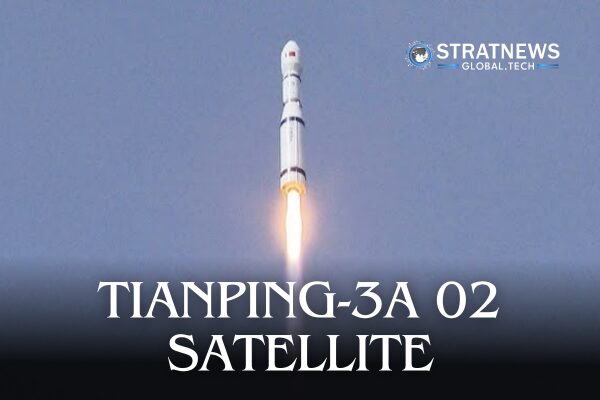New Satellite Aids Space Environment Monitoring and Radar Testing
China successfully launched a new satellite, Tianping-3A 02, into space on Thursday from the Taiyuan Satellite Launch Centre in Shanxi Province, northern China. The launch took place at 10:12 am Beijing Time using a Long March-6 carrier rocket, which placed the satellite into its planned orbit.
This latest satellite is designed to support the calibration of ground-based radar systems and radar cross section (RCS) measurement. It will also assist in imaging tests for optical observation systems based on the ground.
Tianping-3A 02 Supporting Space Environment Research
Beyond radar calibration, Tianping-3A 02 will play a vital role in monitoring the space environment in low Earth orbit. It will help collect data on atmospheric conditions and contribute to correcting orbital prediction models. These functions are essential for enhancing satellite operations and supporting scientific research in space weather.
The satellite will also be used in various imaging experiments, offering insights that benefit both civilian and scientific applications.
Continued Growth in China’s Space Programme
This launch represents the 568th flight of the Long March series, a key element in China’s growing space exploration efforts. The Long March-6 rocket is part of a family of reliable launch vehicles that have consistently supported China’s ambitions in space.
By expanding its capabilities in radar calibration and environmental monitoring, China continues to strengthen its presence in orbit and its commitment to advancing space science.
with inputs from Reuters


